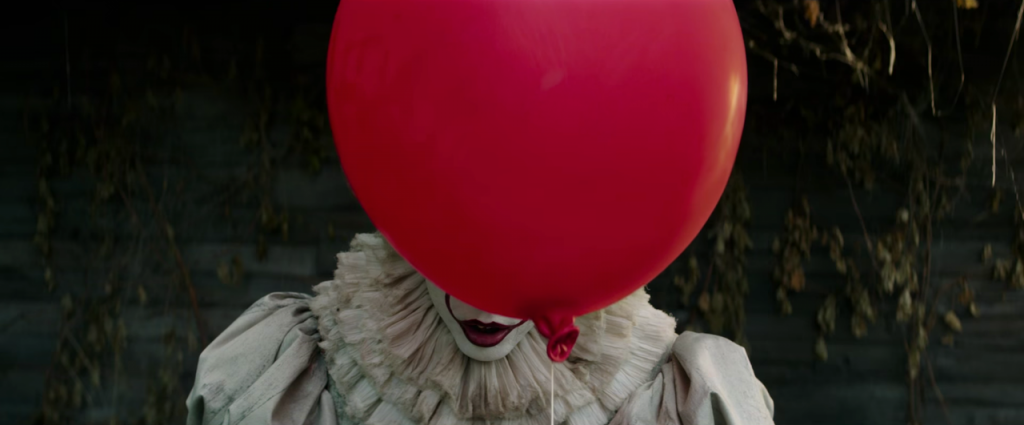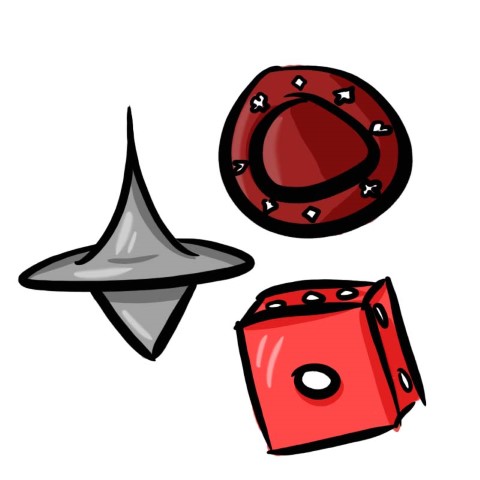Lana Del Rey matures with ‘Ultraviolence’
By Angela Espinoza, News Editor
4/5
Lana Del Rey has come a long way since her Kill Kill EP back in 2008. While her lyrical themes and vocal style have remained the same from her Lana Del Ray (2010) days, Del Rey’s evolution as an artist is most prominent in her following albums’ instrumental arrangements.
On Lana Del Ray, tracks like “Kill Kill” and “Yayo” sound stripped down, while tracks like “Mermaid Motel” and “Brite Lites” experiment heavily—almost to ill-effect. Two years later, Born to Die dialled back the club sound that tracks like “Brite Lites” attempted, and successfully balanced the remnants with Del Rey’s matured vocals. Ultraviolence (released June 13) has nearly eliminated any club sound and replaced it with instrumental accompaniment.
Perhaps the most notable difference on her latest album is the use of guitar featured prominently throughout. This change is heard as soon as opening track “Cruel World” begins. This song is the longest of the 11 tracks at nearly seven minutes, while many of the other tracks are well over four minutes each.
Title track and third single “Ultraviolence,” like much of the album, is beautiful albeit bleak. Some of Del Rey’s darkest lyrics appear in this track, including, “He hurt me but it felt like true love” and the referential, “I can hear sirens, sirens/He hit me and it felt like a kiss.”
The term “ultraviolence” specifically refers to extreme violence and comes from the 1962 novel A Clockwork Orange. In the popular 1971 film adaptation, despite an intense emotional journey and a prison sentence, the protagonist fails to change his aggressive ways. He continues to crave sex and violence, not unlike Del Rey’s musical persona.
“Shades of Cool” follows “Ultraviolence” and was released as the album’s second single. Del Rey’s gentle, soaring soprano notes in “Shades of Cool” triggered images of Disney princesses for me, specifically Cinderella, Snow White, and Ariel (The Little Mermaid), in their respective films and singing styles. Each has at least one song where, in a similar rising soprano, they sing of their hopes and dreams. However, here Del Rey sings of a drug-addicted, and possibly sex-addicted, lover whom she hopes the best for but can’t help.
The album’s first single, “West Coast,” is a hybrid, opening with a quick drumbeat before contrasting with Del Rey’s slower vocals, changing its pace several times. Despite being the first single off the album, “West Coast” doesn’t showcase Utlraviolence’s overall musical tone, with its slightly faster moments reminiscent of tracks on Born to Die.
Born to Die in comparison to Ultraviolence is more upbeat instrumentally, where the slow beat of Born to Die’s “Million Dollar Man” is most like Del Rey’s abundant pace on Ultraviolence.
Closing track “The Other Woman” sounds like it would fit nicely in a ’50s-style musical, and is sung in a similar way. Singing from the perspective of the titular other woman, Del Rey manages to end the album with some of her most disheartening lines (“The other woman will always cry herself to sleep / The other woman will never have his love to keep / And as the years go by the other woman will spend her life alone”).
The persona Del Rey portrays in her music is tragic and broken, moving from one bad situation or toxic relationship to the next. What’s most tragic about her music is how defeated she often sounds, as though she knows she’s doomed to repeat her mistakes yet she still continues on.
Listening to Ultraviolence is like embracing those mistakes, because as sad and heartbreaking as it is, there’s so much beauty and romance woven throughout that you can’t help but love it—and want to experience it all again.



